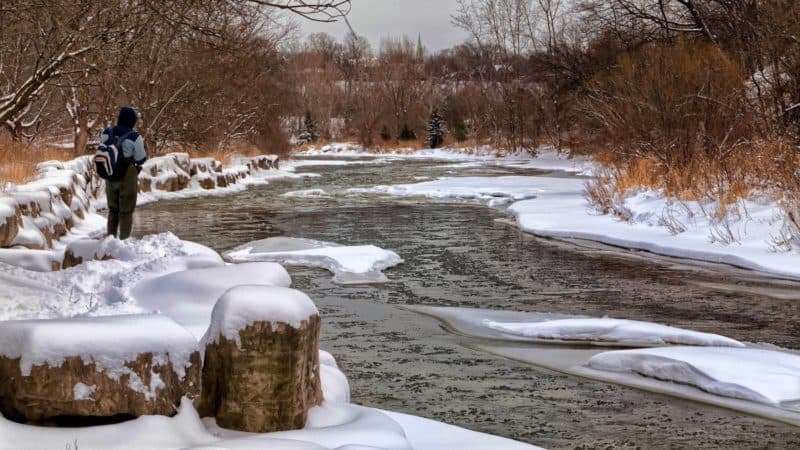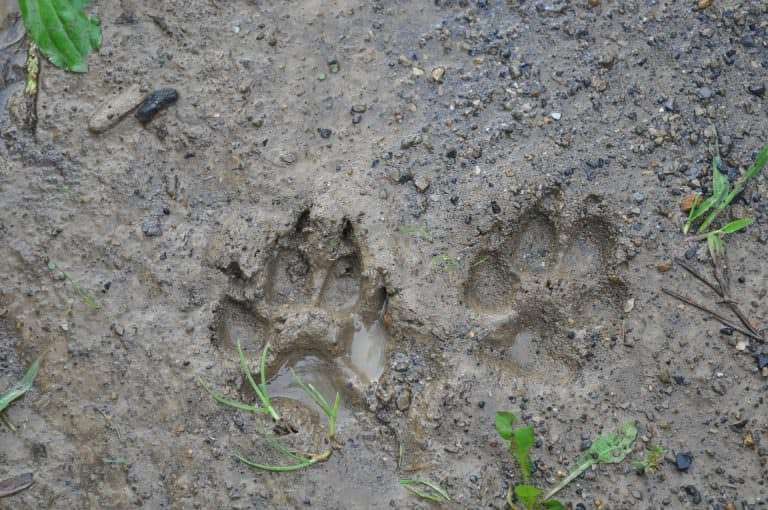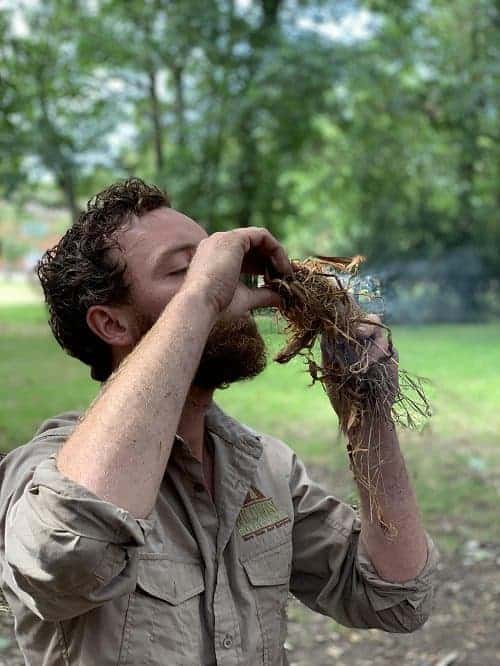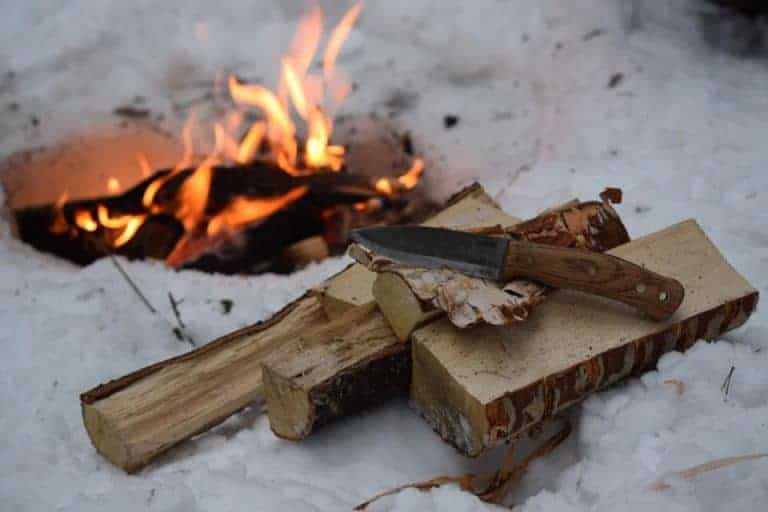Hypothermia
Hypothermia
Hypothermia is classed as a medical emergency and occurs when the body loses heat faster then it can produce heat.
It is obviously best to stay warm and aim to prevent hypothermia but none of us are immune, and if it does occur you need to know how to spot it and what action to take.
The normal body temperature in a healthy adult is 37 degrees Celsius, hypothermia occurs when the body temperature drops below 35 degrees Celsius. This can occur due to exposure to cold weather conditions or submersion in cold water.
When the body temperature drops the body’s vital organs and nervous system are put under increased stress and struggle to function effectively. This changes brain function making the victim unable to think clearly and make rational decisions. This is why it is important to be able to recognise the signs and symptoms of hypothermia in those around you, but also attempt to notice changes within yourself too.
Signs of hypothermia in adults-
-Shivering
-Drowsiness
-Slowing or slurring of speech
-Confusion
-Fumbling of hands
-Exhaustion
If left untreated, the victim may stop shivering and soon unconsciousness will follow, so don’t ignore the early signs.
Children are even harder to keep warm. For a start many of them hate to have multiple layers on, this can make them feel restricted and unable to run and play in a way they are used to. It is important to teach our children from a young age about the importance of wearing the right cloths for certain weather conditions so they get to enjoy adventures too. Another problem with keeping children warm is that to get decent warm kit for them can be expensive, especially as they grow out of it so fast, but it’s worth the investment so they stay safer and can enjoy the journey too. Also let’s not over look their smaller frame, our body mass does have a bearing on how well we cope with cold, how well we adjust and how well we produce heat, so always be more cautious with children out in the cold than other adults.
Signs of hypothermia in children-
-Shivering
-Drowsiness
-Numbness in hands and/or feet
-Lack of co-ordination
-Muscles aches or pains in limbs
-Stumbling or tripping
-Slowing of speech, or stopped talking
-Head dropping low
-General changes in behaviour that aren’t normal for your child
Act fast with any of these signs, hypothermia is a medical emergency that can happen to any one of us.
 What action to take?
What action to take?
In severe cases call for emergency medical help before carrying out these steps. In mild cases follow these steps and then get the victim to a minor medical facility for assessment if they are still struggling.
-Get the person to a shelter out of the elements and next to a fire.
-Remove any wet clothing.
-It is important to warm the vital organs so get warm layers on the chest, neck, heat and groin area as a priority.
-Use as many dry layers as you have and if you have a dry sleeping bag then get them in there too.
-Use the buddy system and cuddle up with the victim to use your body heat to help them warm up.
–Warm drinks can help, but only give drinks if the victim is alert enough, don’t give drink is the victim is struggling to remain conscious, or is unconscious. -Don’t give food until the victim has recovered and fully alert as there is a high risk of choking.
-Don’t give alcohol as this can mask other symptoms and give a false sense of warmth.
-Even when the victim starts to warm back up and becomes more alert make sure they still have plenty of layers on, keep them warm and allow them to rest but monitor them very closely, but always if there is any doubt get medical help.
Hypothermia is best avoided, so be prepared when you head out for adventures, but none of us are immune so be vigilant and act fast. Remember…
Avoid-Spot-Treat









